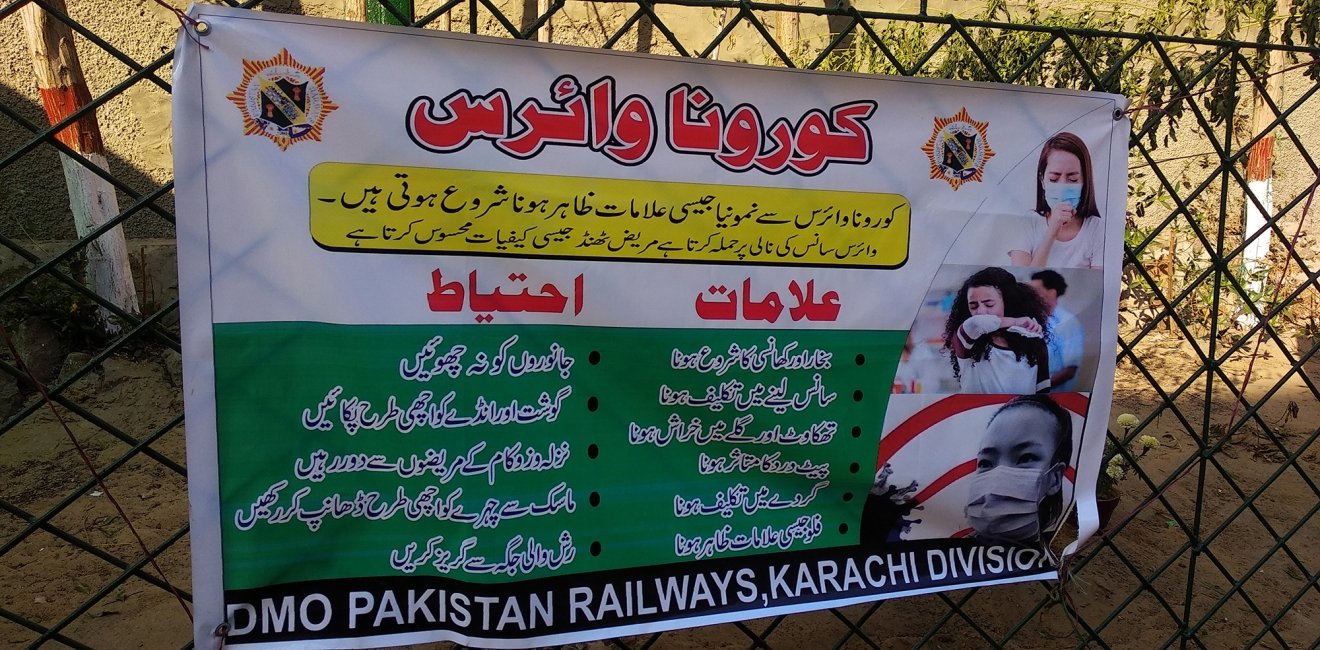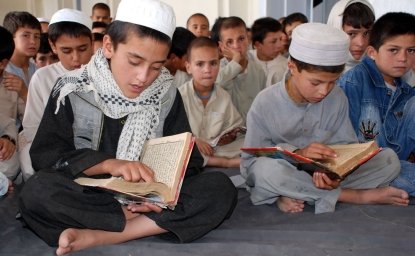
A blog of the Indo-Pacific Program
The novel coronavirus represents the most serious domestic crisis for the United States in years, arguably since the 9/11 attacks.
Not surprisingly, given that we’re talking about a global pandemic, the “most serious domestic crisis since…” label applies to many countries across the world, including in South Asia. In fact, there is particular concern to be worried about this region.
South Asia, unfortunately, presents the perfect storm for the spread of coronavirus. It is densely populated; it suffers from poor public health infrastructure and institutions; and its geographic location places it in close proximity to some of the countries hardest hit by coronavirus.
Pakistan, for example, shares borders with China, where the virus originated, and Iran, one of the most affected countries. Beijing is a close partner of Islamabad’s, and China—fueled in particular by the China-Pakistan Economic Corridor—has a major presence in Pakistan, including Chinese laborers and businesspeople focused on various investments and other projects. When I was in Pakistan in early February, the screening in airports of passengers arriving from abroad had already begun—but as in many other countries at the time, the checks simply consisted of taking each person’s temperature and asking them if they had recently been to China.
The current number of cases in South Asia is relatively small—the highest numbers in the region have been reported in Pakistan and India (according to a frequently updated Johns Hopkins University database, 136 and 119 as of the morning of March 16, respectively), but the numbers have risen and given the lack of testing are likely much higher. As in the United States, attempts to get communities to practice more “social distancing” have lapsed; reports have abounded of crowds thronging restaurants, beaches, and other areas where large numbers of people congregate. Also as in the United States, testing kits and other key supplies are lacking.
The implications are clear: If the region’s governments don’t move quickly enough to combat the spread of coronavirus, and if the region’s people don’t play their role in helping in that effort, then the number of cases and deaths could well skyrocket.
The stakes of having sufficient supplies and proper social distancing are particularly high in South Asia, given that the region’s population—and especially its urban population density—is so high. Half of the top 10 most densely populated cities in the world—Dhaka, Chennai, Mumbai, Kolkata, and Kathmandu—are located in South Asia. The implications are clear: If the region’s governments don’t move quickly enough to combat the spread of coronavirus, and if the region’s people don’t play their role in helping in that effort, then the number of cases and deaths could well skyrocket.
In fact, some experts in the region believe it’s already too late. T. Jacob John, an emeritus virology professor at India’s Christian Medical College, told the news site Ozy that “India saw the signals of a tsunami but is staying on the seashore hoping and even believing it will not come. In all likelihood, India will have a national disaster in a few weeks to months.”
The implications of a potential catastrophic coronavirus pandemic in South Asia can’t be overstated. According to a recent IMF study, the region houses more than a fifth of the world’s population and contributes to more than 15 percent of global economic growth.
To their credit, the region’s governments have sought to act decisively. In recent days, they have called for severely curtailed air travel, they have closed down borders, and they have heavily restricted the granting of foreign visas. Large gatherings including sporting events have been cancelled. Even India’s prolific film industry has closed up shop for the rest of the month. Remarkably, the World Health Organization representative in Pakistan even said that country’s response to the virus has been one of the world’s best.
One of the boldest moves was made by Indian prime minister Narendra Modi, who proposed a videoconference with all members of the South Asian Association for Regional Cooperation (SAARC), a regional organization that has floundered for years—mainly because the bitter India-Pakistan rivalry prevents it from working efficiently. However, Modi invited all members—including Pakistan—to join him for a discussion on how the region can jointly combat coronavirus.
The event, which took place on March 15, produced some controversy when the Pakistani participant, health minister Zafar Mirza, brought up the Kashmir issue (Pakistan was also the only country not to be represented by a head of state or government). But on the whole, the event produced some hopeful outcomes—including a commitment from Modi to contribute $10 million to a new coronavirus emergency fund. The Indian premier also proposed a rapid response team of medical personnel to help combat the virus in the region.
Pandemics know no borders, and so international cooperation is essential. Additionally, any effort to promote regional collaboration on tackling shared threats is a good thing.
While some critics grumbled that Modi should have spent more time convening meetings of India’s chief ministers (a rough equivalent of U.S. governors) to coordinate a nationwide response across the country’s states, the videoconference is an encouraging sign. Pandemics know no borders, and so international cooperation is essential. Additionally, any effort to promote regional collaboration on tackling shared threats is a good thing. This is especially the case in South Asia, one of the world’s most disconnected and poorly integrated regions thanks to bad roads, insufficient electricity grids, and toxic diplomatic relations.
It’s hard to find silver linings amid one of the most powerful pandemics the world has seen in years. That’s why this Modi-led effort to mount a joint coronavirus response in a region highly vulnerable to the virus, and comprised of states that often don’t get along, should certainly register as a modest success story.
Follow Michael Kugelman, deputy director of the Asia Program and senior associate for South Asia, on Twitter @MichaelKugelman.
The views expressed are the author's alone, and do not represent the views of the U.S. Government or the Wilson Center. Copyright 2020, Asia Program. All rights reserved.
Author


Indo-Pacific Program
The Indo-Pacific Program promotes policy debate and intellectual discussions on US interests in the Asia-Pacific as well as political, economic, security, and social issues relating to the world’s most populous and economically dynamic region. Read more





